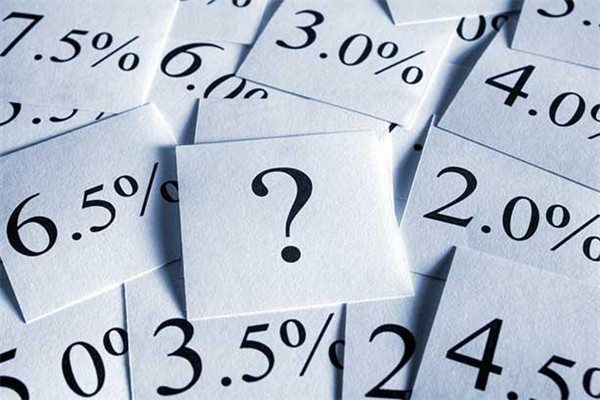The generation of risk comes from uncertainty, and exchange rate-sensitive
assets (liabilities) are assets that encounter fluctuations in
exchange rates that will cause uncertainty in their maturity value. Due to the
uncertainty of the value to maturity, there will be a risk of appreciation or
impairment, that is, foreign exchange risk.

The appreciation or impairment of exchange rate-sensitive assets and
liabilities may be self-funded. In order to reduce and control risks, banks will
also artificially arrange such offsetting, which is called "offsetting"
risk.
Exchange rate-sensitive assets or liabilities that have not been offset after
write-off, that is, exposure to foreign exchange risk, are called "foreign
exchange risk exposure" or "foreign exchange risk exposure".
According to the different purposes of holding exchange rate-sensitive assets
and liabilities, the foreign exchange risk exposure of commercial banks is
generally divided into foreign exchange risk exposure of trading accounts and
foreign exchange risk exposure of bank accounts.
The trading accounts of commercial banks, i.e., the market value of financial
instruments denominated and settled in foreign currencies held for trading
purposes (in RMB), will fluctuate with the fluctuations in the exchange rate of
RMB against major foreign currencies.
The foreign exchange risk exposure of the bank's Trading Account mainly
refers to the bank's exposure position in the proprietary foreign exchange
trading business, which can be analyzed using the method of the foreign exchange
transaction record sheet.
The foreign exchange transaction record table is only a record of
transactions in itself, but it is a powerful tool for analyzing the bank's
foreign exchange risk exposure.
By using the foreign exchange transaction record sheet and constantly
revaluing the market value, we can timely analyze the foreign exchange risk
undertaken by the bank so as to take measures to control and avoid it.
Single Currency Risk Exposure
The net exposure position of a bank in a single currency includes the sum of
the following:
Net spot position refers to all asset items priced in a certain currency
minus all liability items, including interest receivable.
Net forward position: all receivables under forward foreign exchange
transactions minus all payables, including the principal of foreign exchange
futures and foreign exchange swaps not included in the spot position.
Definitive requirements for performance and potentially irrevocable
guarantees (and similar financial instruments).
Net expected income or expenses that have not yet occurred but have been
fully hedged.
Other accounts that represent foreign currency-denominated gains and losses
according to specific accounting practices in different countries
Equivalent net amount of all foreign exchange option accounts.
Exposure to Foreign Currency Portfolios
According to the Basel Accords, banks have two options for measuring foreign
currency portfolio positions: the simple method and the internal model method.
Since the internal model method is complex and can only be used by banks that
meet strict conditional requirements, only the simple method is explained
here:
According to the simplified method, the nominal amount (or net present value)
of each currency and gold net position is converted into the reporting currency
at the spot exchange rate, and the net exposure position of the foreign currency
combination is obtained by adding it up as follows:
1. The sum of net short positions or net long positions, whichever is
greater.
2. The net position of gold (long or short), regardless of the sign
Management Measures
Trading account Foreign exchange risk management measures: limit
management
The position of a bank trading account is held for profit purposes, that is,
to actively hold risk exposure, but in order to control risk, limit management
is generally adopted.
Management measures for overall foreign exchange risk: capital
requirements
According to the spirit of the Basel Accords, banks' capital should meet the
requirements of covering all kinds of risks, that is, the well-known requirement
of an 8% capital adequacy ratio.


























